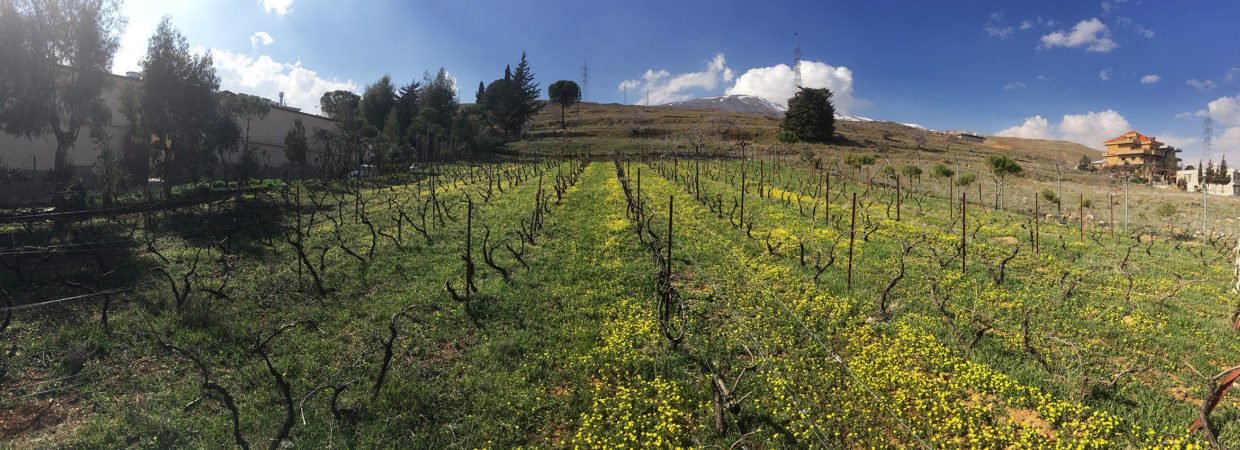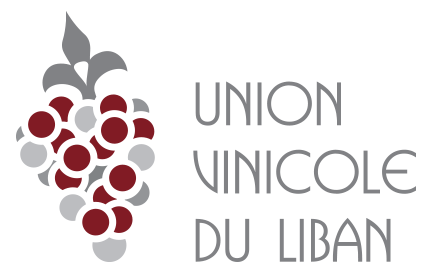Terroirs Of Lebanon

Terroirs of Lebanon
Terroirs of Lebanon
The Bekaa Valley
At an altitude of around 1,000 m/3,280 ft, the Bekaa Valley enjoys dry summers, cool nights and consistent rainfall.
The Bekaa has its own natural water table, courtesy of the melting snow running off the slopes of the Lebanon and Anti-Lebanon mountain ranges – so that some grapes rarely ripen before mid, and even late, September.
Batroun Region
Batroun is now home to nine wineries making it Lebanon’s second most productive wine region after the Bekaa. The grapes are grown between 400-1,300 meters in vineyards that are either sea facing or planted further inland. This potential for diversity in terms of style and character will no doubt consolidate Batroun’s future as the boutique hub of Lebanese wine.
Chouf
Facing to the Cedars Reserve of Barouk, the Chouf Terroir has west and southwest exposure towards the Mediterranean, and located on clay-calcareous soils with stony basement, where grapes are grown between 800-1,100 meters. It is this special and original terroir, benefiting from a unique microclimate where warm summers follow mild winters; which creates the appropriate conditions for the birth of a great wine.
The South
In the south, the success of plantings in Jezzine has made wine critics sit up and recognize the potential of south Lebanon’s unique terroir within its valleys, plateau and various microclimates. Grapes are grown between 600-1,300 meters in soil ranging from limestone to black “cotton”.
Minimal vineyard treatments are needed, and, while ten years ago, as much as 95 per cent of vines still sprawled in bush form, today 45 per cent of vines are trained on wire.
In order to ensure quality, yields are relatively low, an average of 5 tons per ha.
